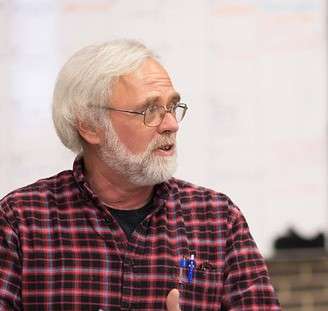
The drought monitor report as of Tuesday, July 16 shows a little backsliding with a slight increase in abnormally dry conditions. Barton County and the area is unchanged, even with the high temperatures earlier in the week. The six to ten-day outlook (July 23 to 27) indicates a 40 to 50% chance of leaning below normal temperatures and leaning 33 to 40% chance above normal for precipitation. The eight to fourteen-day outlook (July 25 to 31) indicates normal to leaning to slightly above normal for temperatures and normal precipitation. Temperatures in the upper 80s to low 90s is perfect for crops. Hopefully the rain will materialize. Developing corn ears and soybeans especially need moisture.
Last week we briefly discussed how agriculture transitioned to reliance on pesticides, the problems it presented, and how we have evolved in the last fifty years to a concept termed Integrated Pest Management (IPM). Today, what is IPM and what does it entail?
· First, IPM doesn’t eliminate pesticides from control practices. It may or may not involve “organic” farming which has a separate set of conditions. Organic farming has its own set of pesticides but they again have a set of definitions to qualify as pesticides for use in organic operations.
· Naturally there are many definitions of IPM. The UN Food and Agriculture Organization definition states it’s "the careful consideration of all available pest control techniques and subsequent integration of appropriate measures that discourage the development of pest populations and keep pesticides and other interventions to levels that are economically justified and reduce or minimize risks to human health and the environment. There are several keys here: IPM examines all possible control measures to determine the most effective and environmentally sound method or methods; while total pest control would be great, the goal is suppression below economically significant levels; to protect human health along with the overall environment, not just the farm itself.
· IPM considers nonchemical and chemical control options. The control measure or measures considered should be effective with no or minimal risk to the environment. It has to make sense from an economic standpoint for the producer and the public at large. In other words, IPM should consider the overall economic effect, not just for the producer. And at the least maintain the overall environment, if not improve it. Normally, it involves a combination of methods with long-term goal, when done properly, that can overtime and with proper management, can decrease many pest pressures and lessen the need for chemical control.



